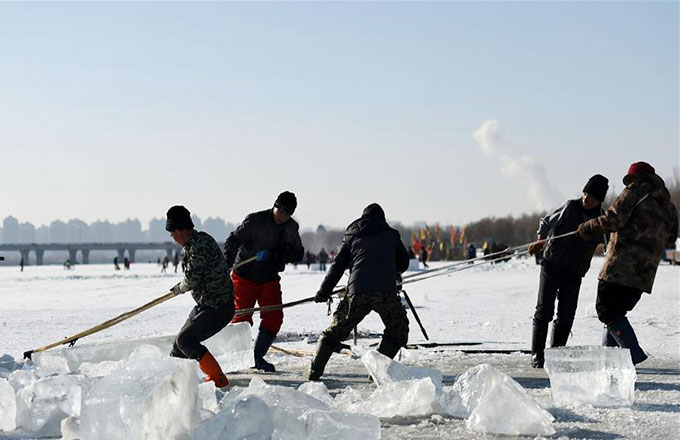Education institution riding at frontier of science, technology
As one of China's most prominent education facilities, the University of Science and Technology of China has served as a rich talent pool for the sciences for 60 years.
The school was established in 1958 in Beijing and moved to Hefei in 1970. It is the youngest member of the C9 league, an elite alliance of nine Chinese universities, equivalent to the Ivy League in the United States.
Affiliated to the Chinese Academy of Sciences, USTC's mission is to "focus on frontier areas of science and technology and educate top leaders in science and technology for China and the world".
At a time when the young People's Republic of China urgently needed to strengthen its strategic scientific research but lacked qualified professionals, USTC took on the responsibility of developing talented scientists working on the research and development of military technology such as atomic bombs, missiles and satellites.

Well known for strong fundamental sciences, USTC is a world leader in fields such as quantum manipulation, nanotechnology, high-temperature superconductivity, speech processing, fire science and life science.
From 2008 to 2013, it was ranked No 1 among Chinese universities in the Nature Publishing Index China - a listing which tracks all research published in Nature journals.
USTC scholars have a track record of realizing their research aspirations and gaining international visibility, according to the university
Students at UTSC are also held in high regard for their creative problem solving and independent thinking, with many alumni becoming world-renowned scientists and entrepreneurs.
USTC gives every promising and innovative proposal full opportunity to blossom, according to the school.
During its six-decade history, USTC has been the cradle of many breakthrough discoveries and technologies. Its latest success being the world's first quantum satellite, named Mozi, which was launched in 2016.
With this year being the 40th anniversary of China's reform and opening-up, USTC is looking back at some of its milestones in educational reforms.
In 1978, USTC established the Special Class for the Gifted Young, offering gifted youths the opportunity to skip a few years of middle and high school to study at the university.
The initiative was the first of its kind in China and considered a major innovation in the country's higher education system.
In the same year, USTC became the first Chinese university to establish a school for postgraduates.
The university currently houses two national labs - the National Synchrotron Radiation Laboratory and the Hefei National Laboratory for Physical Sciences at the Microscale - making it the only university in the country to have more than one national laboratory, the highest level among all types of labs in the country.
The university is currently building a new national laboratory for quantum technology.

(China Daily USA 04/30/2018 page7)
















